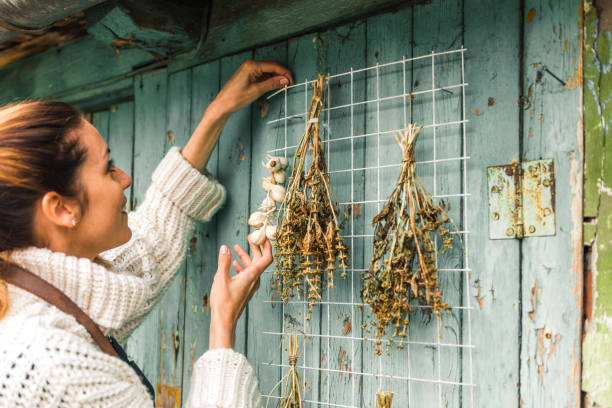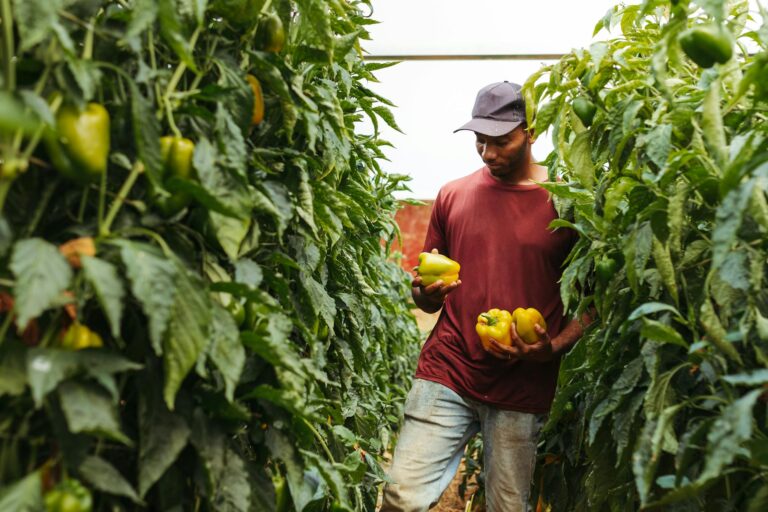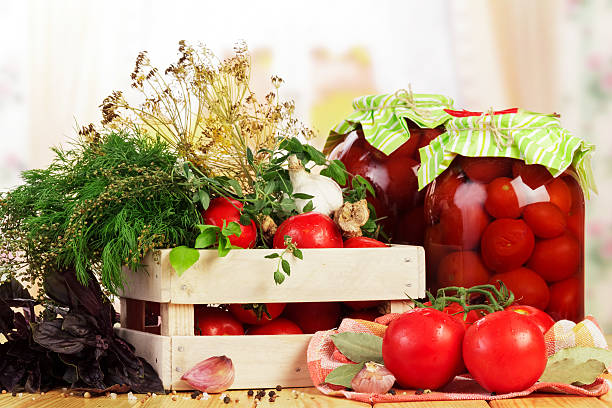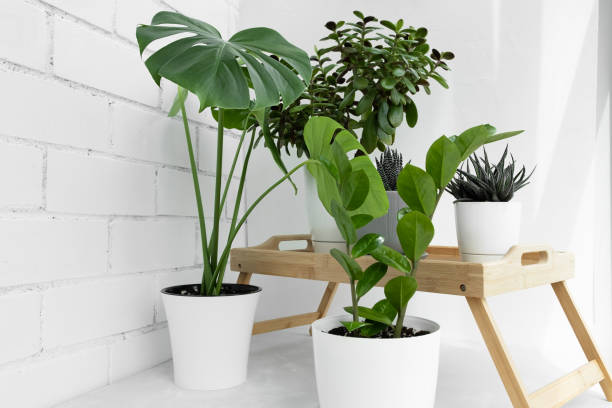Preserving the Harvest: Techniques for Freezing Fruits and Vegetables
When your garden is bursting with fresh produce or your local market offers a bounty of seasonal fruits and vegetables, freezing is one of the easiest and most effective ways to preserve their flavor and nutrition. Unlike canning or drying, freezing locks in the natural taste and texture without added effort or complicated equipment.
Why Choose Freezing?
Freezing maintains most of the food’s nutritional value while slowing the growth of microbes and enzymes that cause spoilage. It’s quick, safe, and convenient—ideal for busy households that want to enjoy the taste of summer in the middle of winter. Whether you’re storing juicy berries, crisp green beans, or fresh herbs, freezing allows you to save the season.

Step 1: Select and Prepare the Produce
Start with fresh, ripe, and unblemished fruits or vegetables. Wash them thoroughly under cold water and remove any stems, pits, or damaged parts. Chop or slice as needed. For vegetables, blanching (brief boiling followed by rapid cooling) is key. This stops enzyme activity, retains color, and improves shelf life.
Step 2: Use the Right Packaging
Air is the enemy of frozen food. Choose airtight containers, freezer bags, or vacuum-sealed packs to prevent freezer burn. Squeeze out as much air as possible before sealing. Label each package with the name and date—this helps you track what you have and avoid waste.
Step 3: Freeze in Portions
Divide your produce into practical, meal-sized portions. This way, you can defrost only what you need. For items like berries or chopped fruit, spread them on a tray and freeze individually before transferring them into bags. This prevents clumping and makes future use easier.
Step 4: Store Smartly
Keep your freezer organized and monitor the temperature—it should stay at or below -18°C (0°F). Store newer items at the back and older ones at the front. Use a rotation system to avoid forgotten packs buried in the cold. Most vegetables keep for up to 12 months, while fruits last 8–10 months.
Tips for Success
– Don’t overload your freezer with too much at once. Let small batches freeze completely before adding more.
– Label everything clearly, including the type of produce and the date of freezing.
– Herbs can be frozen in olive oil or water using ice cube trays—perfect for cooking later.
– Avoid freezing vegetables with high water content raw (e.g., cucumbers, lettuce), as they become mushy.
Freezing is a simple, low-effort way to reduce waste and keep your kitchen stocked with wholesome ingredients all year round. With a little planning, you’ll have the taste of the harvest ready whenever you need it—bright berries for smoothies, garden peas for soups, and herbs for sauces, even in the depths of winter.





